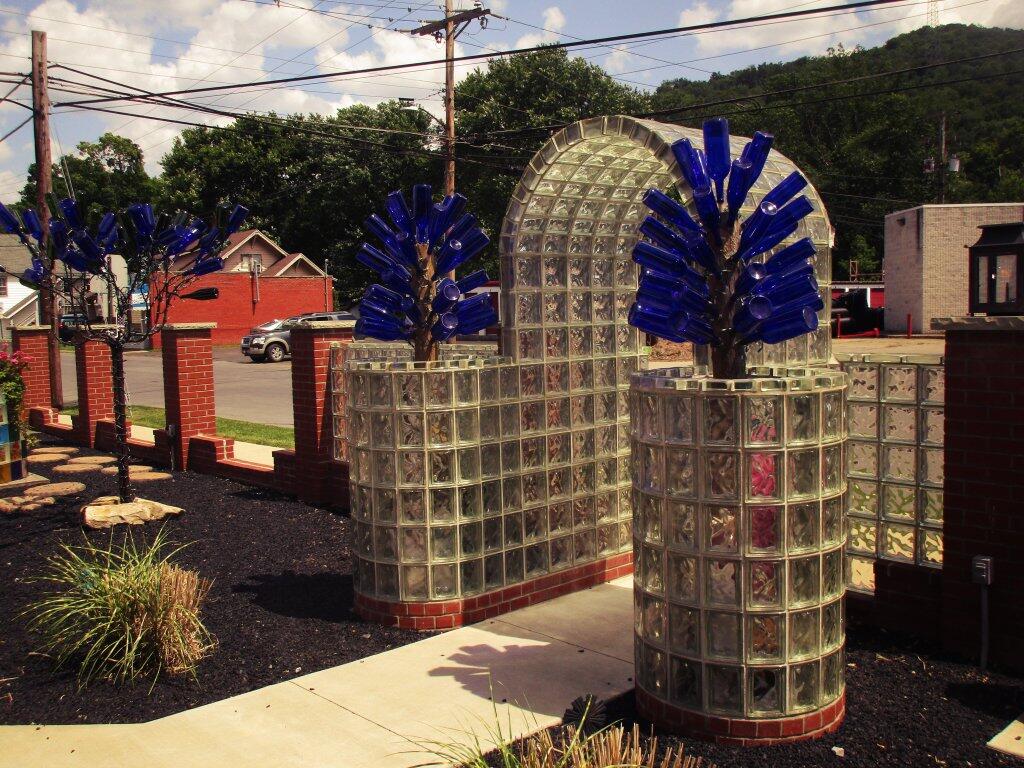Glass Recycling is Still a Scam ♻ 🍸
I was seeing one of those posts on Facebook that suggested that disposable glass containers are indefinitely recyclable. Sounds great, if it was true.
Disposable glass bottles are technically recyclable into new glass bottles and indefinite amount of times. Indeed, probably most glass that is miscast or broken as glass bottle factories is recyclable. But the issue is that few disposable glass bottles tossed in the recycling bin are actually recycled into glass bottles. Many if they do get recycled, only get used for aggregate, such as building landfill roads. It’s too contaminated to be turned back into new bottles.
Glass in theory is fully recyclable forever. If you melt a clear glass bottle down, you can make a new clear glass bottle. The problem is that glass often is mixed, crushed and mixed with other materials, especially with single-stream recycling. And that assumes it ever gets tossed into the recycling bin. Glass takes up a lot more room in the garbage, and can not be burned or incinerated like plastic can.
You read about all the upsides of glass, but none of the downsides. The fact that glass is heavy, it’s prone to breakage. It takes more energy to make, it takes more energy to haul to the store, takes more room up in the garbage or recycling bin. Glass doesn’t just disappear. Plastic burns, glass does not. Your much more likely to find broken glass in farm dumps or in the woods, glass cuts both humans, wildlife and livestock alike.
If you want to save the earth, then stop buying disposable glass, even if you recycle. It’s not really helping anything. Buy less, and assume even if you put things into the recycling bin, it’s going to the landfill or incinerator. Minimize what you put both in your garbage and recycle bin, stop thinking as one as morally virtuous or better then the other.
